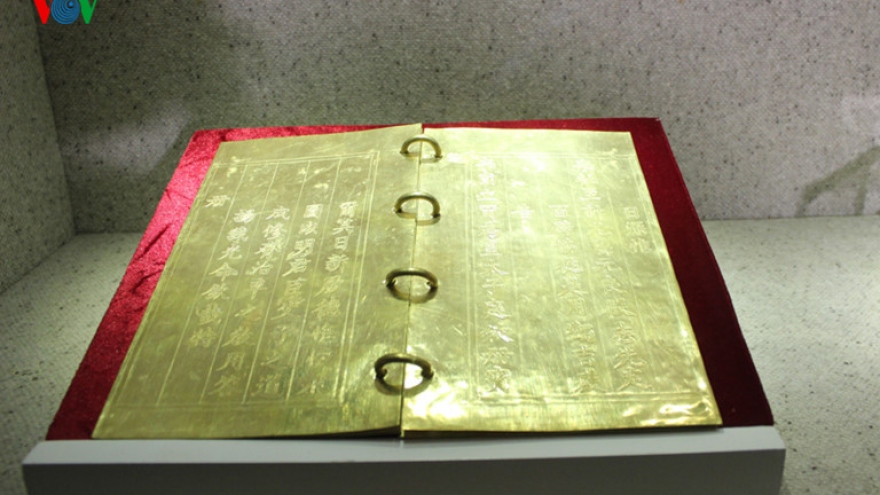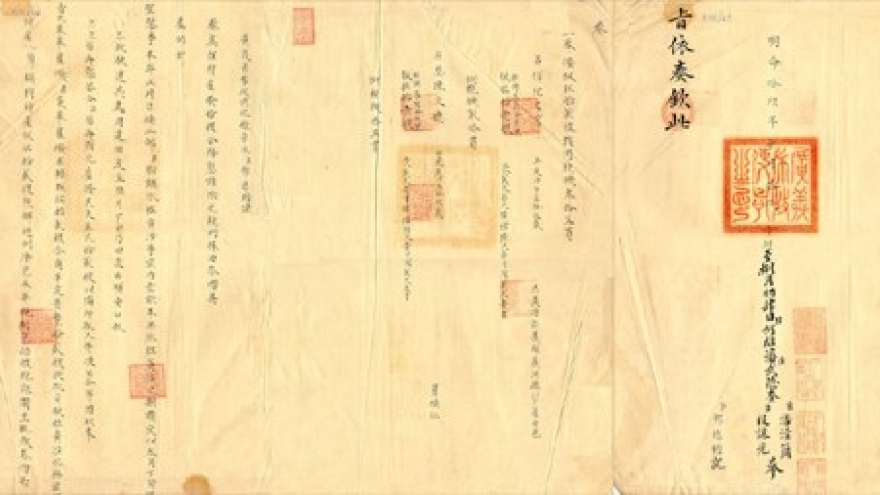East meets West at Vietnamese Emperor's tomb
On the outskirts of the imperial city of Hue lies a tomb unlike any other from the Nguyen Dynasty.
 |
| The tomb of Emperor Khai Dinh, located on the slopes of Chau Chu Mountain, is about 10 kilometers from central Hue. |
 |
| Khai Dinh's tomb is much smaller than others from the Nguyen Dynasty. At the entrance, there are 37 steps leading to the main gate with dragons carved along the walls. |
 |
| After some 30 more steps, you reach the imperial court. On both sides of the courtyard, there are two rows of statues facing the central path leading to the altar area. |
 |
| Emperor Khai Dinh reigned for nine years from 1916 to 1925. |
 |
| The tomb was built out of concrete with a mixture of Vietnamese and Western concepts. |
 |
| The altar area includes the Khai Thanh Palace and many interconnected rooms. |
 |
| The rear room of the Khai Thanh Palace is the main temple, with a statue of Khai Dinh, his tomb and his altar. |
 |
| The most noticeable features of the tomb are the glass and ceramic mosaics. |
 |
| Dragons, which symbolize imperial power, are commonly used as a decorative feature. |
 |
| Stone statues with various facial expressions were a masterpiece of Vietnamese artisans in the early 20th century. |



